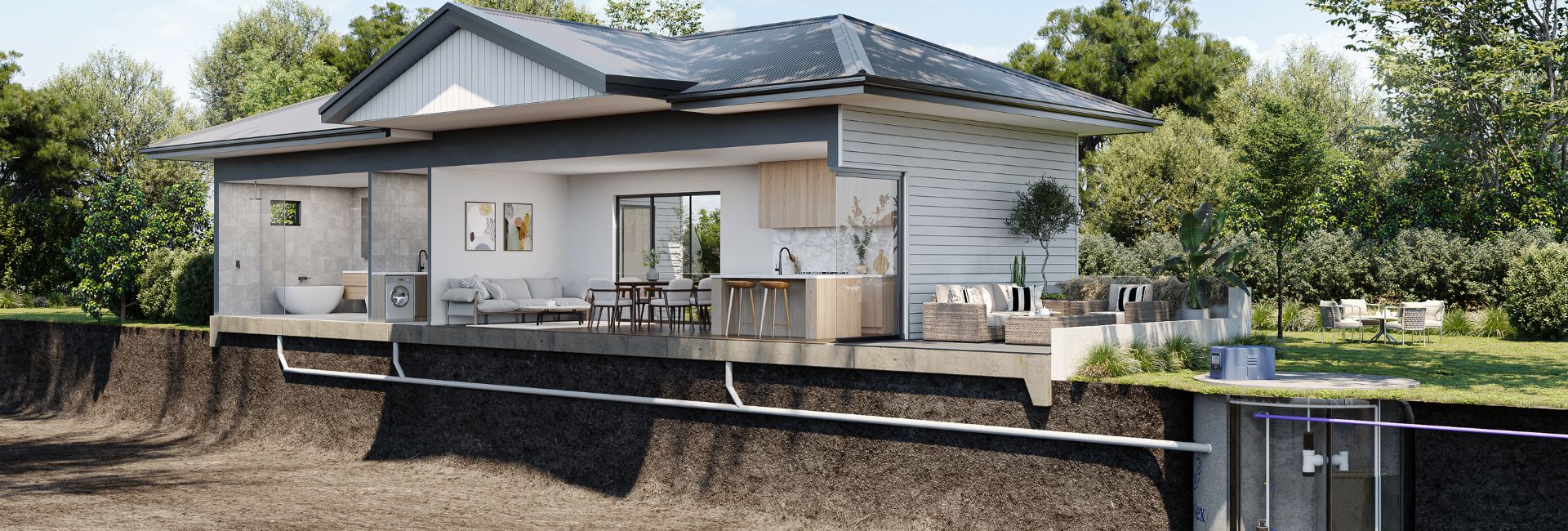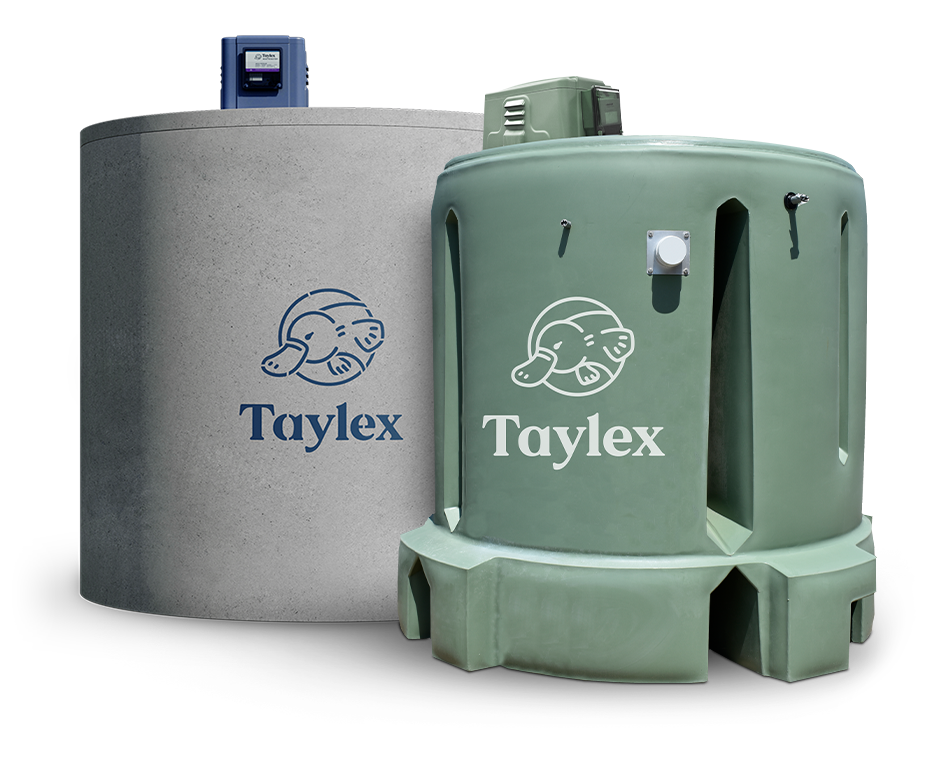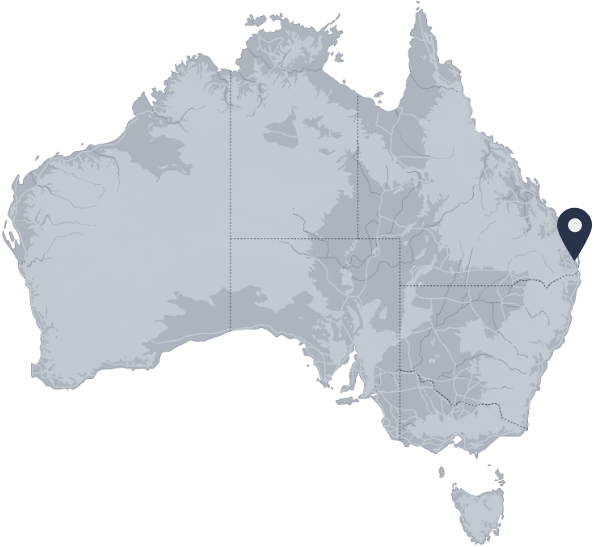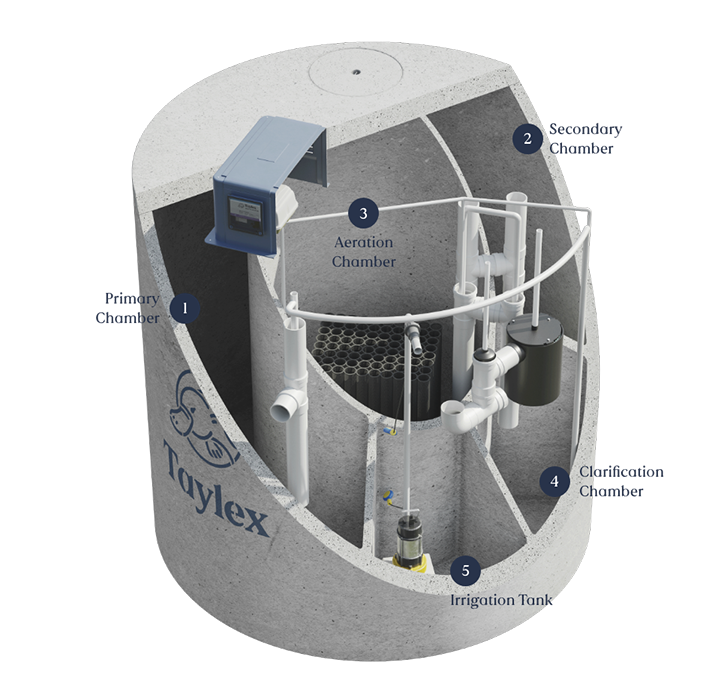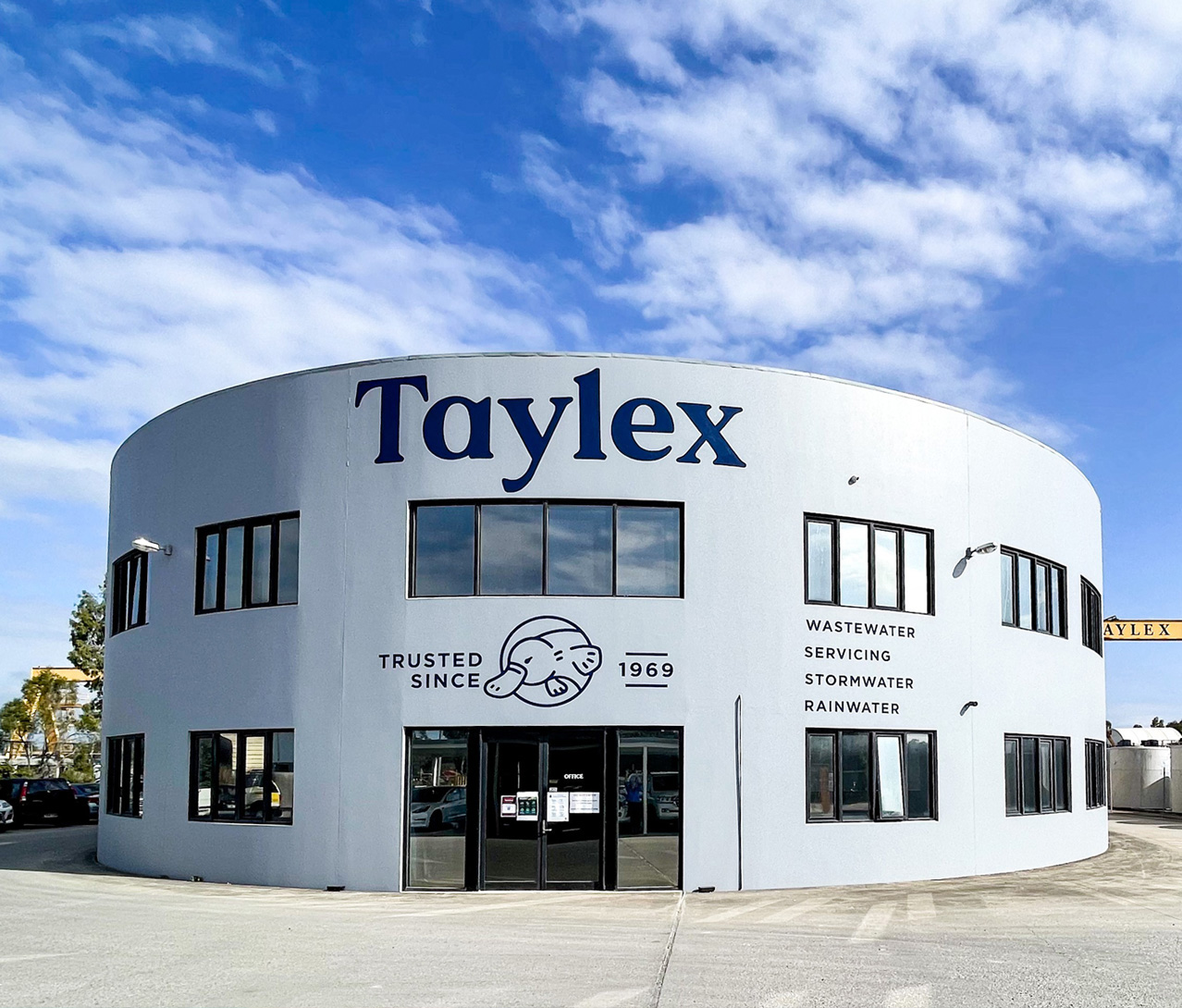Septic Tanks Shepparton FAQs
Taylex’s services are available in a wide range of locations besides Shepparton. These include major cities like Sydney, Adelaide, Melbourne, Brisbane, Perth, and Darwin and regional hubs such as Geelong, Toowoomba, Albury-Wodonga, and Cairns. They also cover coastal areas like the Gold Coast, Sunshine Coast, Hervey Bay, and Newcastle, alongside inland cities like Bendigo. Other notable areas include the wine regions of Margaret River, the cultural centres of Hobart and Canberra, and growth areas like Beaudesert, Bundaberg, Gympie, and Mt. Barker. Additionally, Taylex’s reach extends to tourist destinations and regional centres like the Gippsland, Geraldton, Central Coast, Hunter Valley, and Wollongong.
A septic toilet typically costs between AUD 2,000 and AUD 6,000, depending on the type and brand. This price includes the toilet and necessary septic connections.
A septic tank should have its top 1 to 3 feet (0.3 to 0.9 meters) below the surface, with the bottom-placed below the frost line to prevent freezing. Ensure it complies with local building codes and soil assessments.
The best place to install a septic tank should meet the following criteria:
- Distance from the house: Typically 10-20 feet (3-6 meters).
- Slope: In a location where the slope allows gravity to facilitate drainage into the tank.
- Soil conditions: In an area with suitable soil for drainage and percolation.
- Accessibility: Easily accessible for maintenance and pumping.
- Regulatory compliance: Meets local setback requirements from wells, water bodies, and property lines.
Consulting with a professional and following local regulations will help determine the optimal placement.
The cost to empty a septic tank in Australia ranges from AUD 200 to AUD 600, depending on factors such as tank size, property location, and the company performing the service.
To maintain a healthy septic system, avoid flushing:
- Non-biodegradable materials (e.g., plastic, dental floss, cigarette butts)
- Personal hygiene products (e.g., sanitary napkins, tampons, diapers)
- Chemicals (e.g., household cleaners, paints, solvents, medications)
- Grease and oils
- Paper products other than toilet paper (e.g., paper towels, wipes)
- Food waste (e.g., coffee grounds, eggshells, fibrous vegetables)
The best time to empty a septic tank is during spring or fall when moderate weather conditions make it easier for professionals to access and pump the tank.
